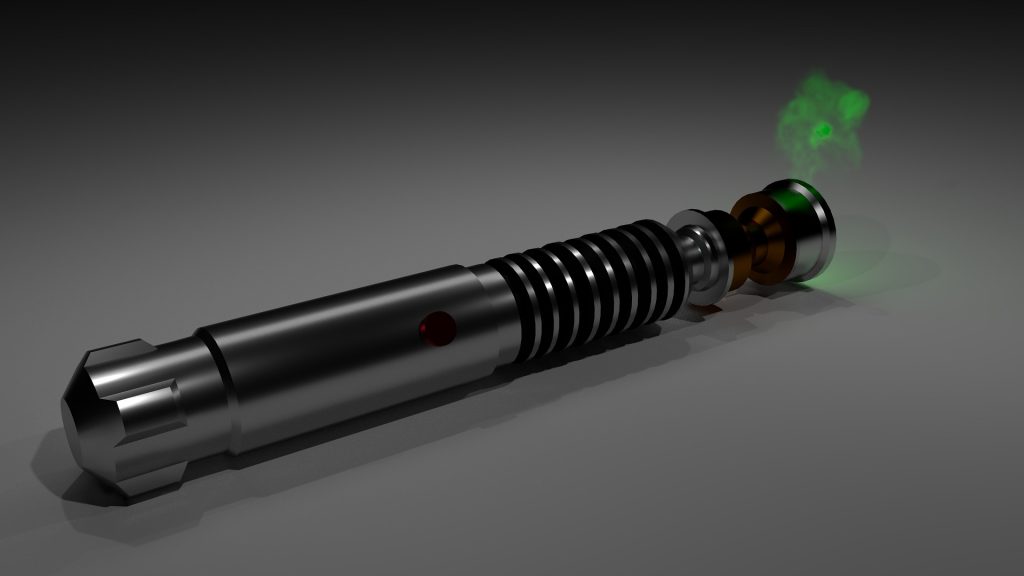
Any business that sells its products and services in person will definitely have a ‘point of sale’. It is the setup that helps in processing payments from customers on face-to-face basis. Point of Sale systems isn’t a standalone process or a machine. It is actually a constellation of several things that allows processing of customer’s transactions effectively. It streamlines various business processes that are connected with sales.
What are the major components of any POS system?
Like any other technological solution, a modern point of sale system comprises of software and hardware components. The software registers, processes as well as stores the details of transactions. The way the information is stored and executed differs between different point-of-sale software systems.
Let us know about some of the different components of a Point of Sale system. Merchant Pro Inc is one of the best POS service provider firms in the market. Whether you want it for your local café or your business enterprise, this firm provides specialized software to suit your needs effectively.
Software
All modern Point of Sale systems is provided with a backend interface for management functions and backend analytics. On the other hand, frontend interface is responsible for performing the “point of sale”.
The staff that processes the transaction makes use of the frontend interface i.e., a tablet screen or a touchscreen monitor. The backend software gets accessed separately in an application window or a browser that is present either on that device or on any separate mobile device or computer. Irrespective of the kind of POS software, the data is stored in the system in two following ways:
On-site
- In this case, there is a local installation of software on the server.
- It is needed to maintain or manually update the software on a regular basis.
- It doesn’t need internet.
Cloud-based
This system is hosted on the internet. All the data gets stored on the internet server of POS provider. This allows one to access the software via any browser. It is also referred to as a software-as-a-service system that gets automatically updated and maintained by your own POS provider.
Where on-site POS solution is expensive to setup and needs professional maintenance and assistance, cloud-based POS software are cheaper with several options to associate with other software programs.
Both the cloud-based or onsite POS systems need installation of network to build an internet connection. It is also needed to link up the system on a premise. This can be done wither through a router, a modem or a hub that connects various local computers.
Hardware
Point of sale system needs specialized hardware to execute the payment processing task. Following are the hardware needed to perform the task.
- Interface or a device where one has to register the details of the transaction
- Cash drawer
- Receipt printer
- Barcode scanner
- Card machine
- Network devices
Conclusion
This information must have given you an idea of a POS system and its components. This will help your business make the best use of these systems.



